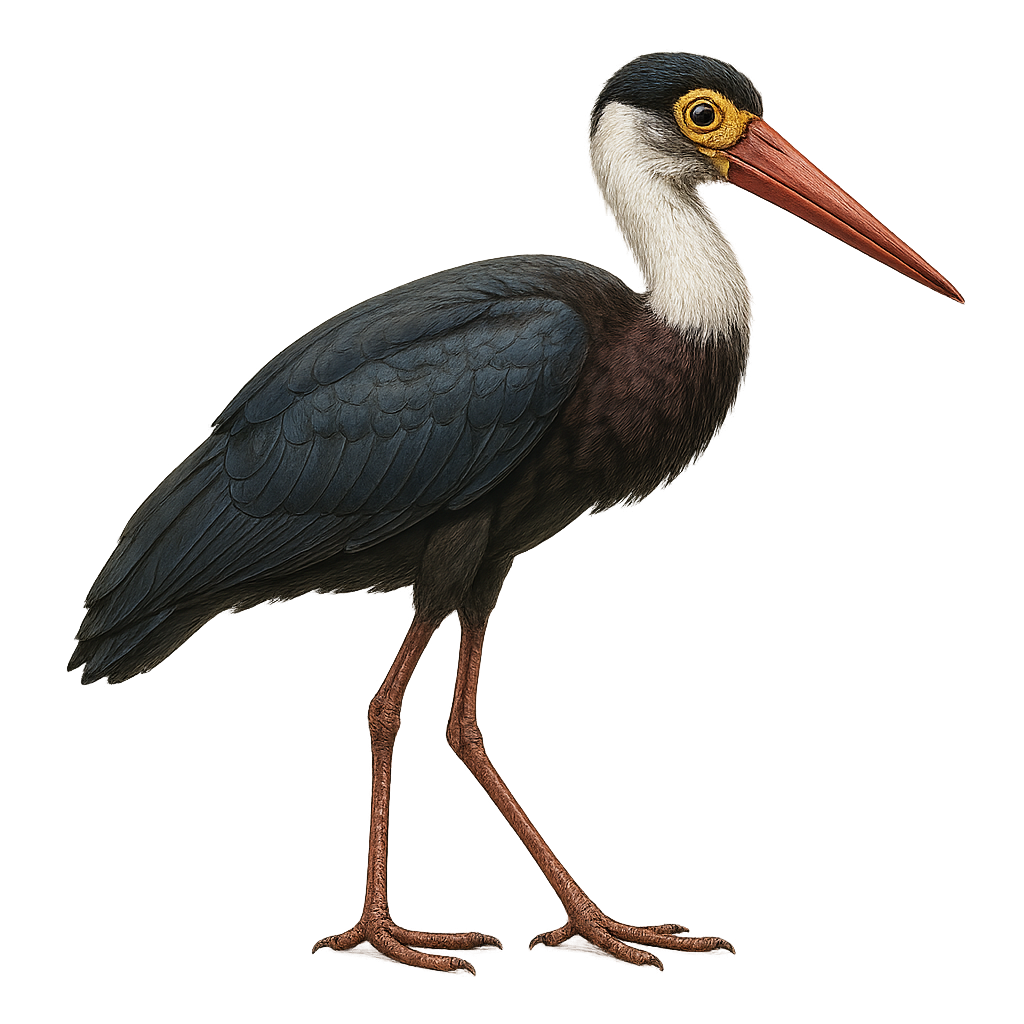Your wildlife photography guide.
Explore the storm's stork in detail, study its behavior, prepare your shots.
Where to observe and photograph the storm's stork in the wild
Learn where and when to spot the storm's stork in the wild, how to identify the species based on distinctive features, and what natural environments it inhabits. The WildlifePhotographer app offers tailored photography tips that reflect the storm's stork’s behavior, helping you capture better wildlife images. Explore the full species profile for key information including description, habitat, active periods, and approach techniques.
Storm's Stork
Scientific name: Ciconia stormi

IUCN Status: Critically Endangered
Family: CICONIIDAE
Group: Birds
Sensitivity to human approach: Suspicious
Minimum approach distance: 30 m
Courtship display: February to March
Incubation: 28-30 jours
Hatchings: March to April
Habitat:
Tropical rainforests, swamps, rivers
Activity period :
Primarily active during the day, with peak activity in the morning and late afternoon.
Identification and description:
The Storm's Stork, or Ciconia stormi, is a rare species of stork found primarily in the tropical rainforests of Borneo and Sumatra. It is distinguished by its black and white plumage, reddish beak, and long legs. This stork is particularly elusive and difficult to observe, making its study complex. It feeds mainly on fish, frogs, and insects, which it captures in shallow waters. Habitat destruction poses a major threat to its survival, and it is currently classified as critically endangered by the IUCN. Conservation efforts focus on protecting its habitats and raising awareness among local populations.
Recommended lens:
400mm – adjust based on distance, desired framing (portrait or habitat), and approach conditions.
Photography tips:
To photograph the Storm's Stork, it is essential to use a telephoto lens of at least 400mm to capture detailed images from a distance. Since this bird is suspicious, it is crucial to remain discreet and blend into the environment. Prefer early morning or late afternoon hours when the light is soft to get well-exposed shots. Use a tripod to stabilize your camera and avoid motion blur. Finally, be patient and ready to wait a long time to capture the perfect moment.
The WildlifePhotographer App is coming soon!
Be the first to explore the best nature spots, track rutting seasons, log your observations, and observe more wildlife.
Already 1 439 wildlife lovers subscribed worldwide

